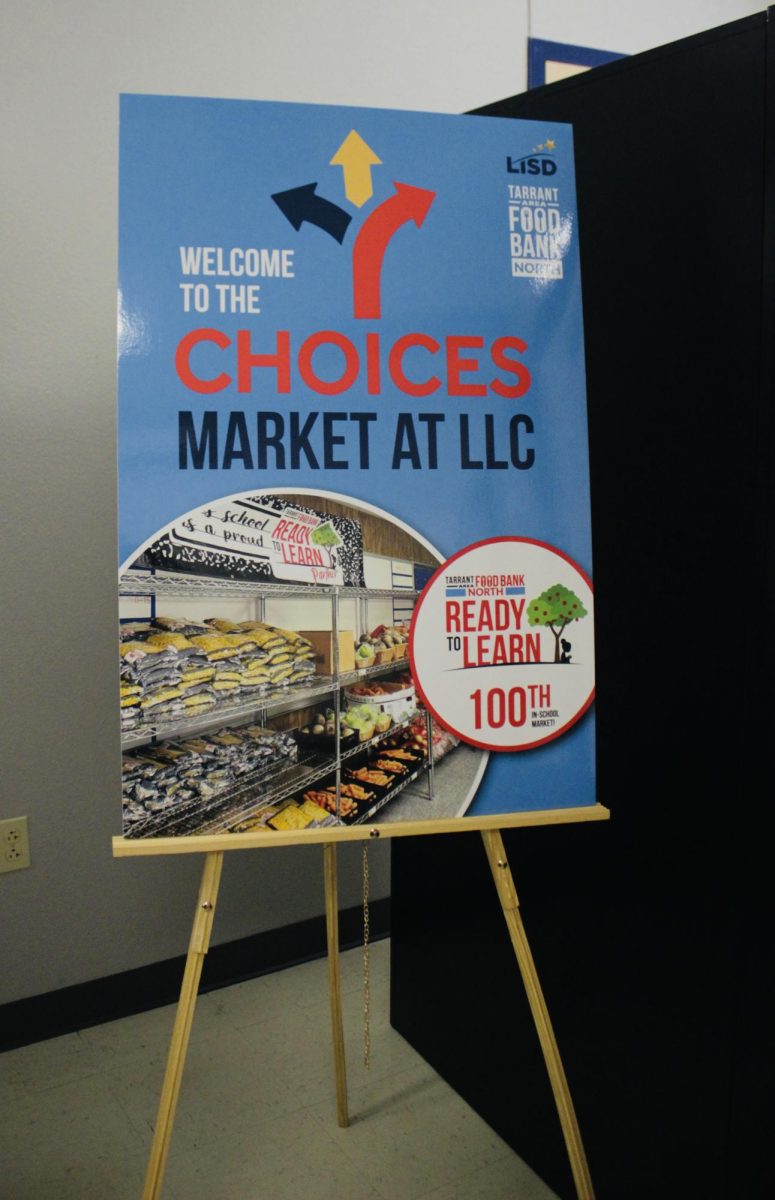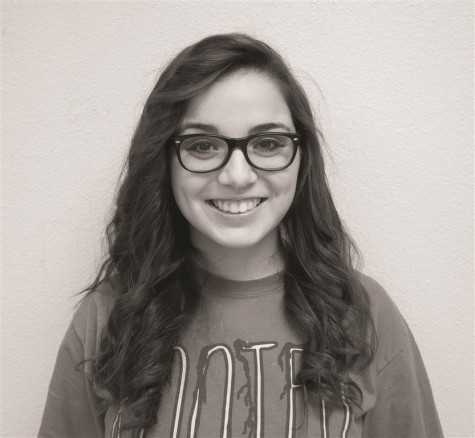The iPad distribution that took over the library last week was the district’s next stage of their new program, 1:X. This blended learning program stems from an idea that provides each student with a laptop in a 1:1 ratio. The district’s goal is to have technology in the hands of every student within the next three years.
When the plan is fully functional, each classroom will have five MacBook Airs, each teacher will have a personal MacBook Pro and each student will have a personal iPad. The plan will also be moving the district as a whole away from printing. English Teacher Jason Poe says that most of the corporate field is making a similar move towards paperless production, and this program prepares students for their future.
“By training our students now on how to be interactive and dynamic, we are just setting them up for success later in their lives,” Poe said.
This year, the district distributed iPads to students at Bluebonnet, Donald, Lewisville and Peters Colony elementary schools. They also gave them to students in grades 4, 7, 9, and 10. The final addition this year was one of the first rounds of distribution of MacBook Pros to teachers and administrators. However, many teachers and students don’t use Apple products at home, and must learn the ins and outs of these devices as they go this year.
“From my standpoint that hasn’t really been much of an issue,” Poe said. “I do know for other teachers the whole switching from PC to Mac is a steeper learning curve.”
The implementation of these resources combined with the previously established Bring Your Own Technology program changed the classroom structure for all grade levels. However, juniors and seniors will not receive iPads from the district this year.
“Our curriculum is still based around needing an iPad,” junior Jordan Attaway said. “It’s really frustrating.”
Attaway recently bought a personal iPad to use in class. Not all students have access to technology at home. The 1:X program is designed to amend this so that all students can receive the same resources. The district says they’re aiming to be fully functional by 2016. Until then, they will be in a transitional phase.
“they need to allow the teachers, juniors and seniors to print papers off,” Attaway said. “There could be different policies for each grade because of the fact that we don’t have an iPad to do all these things on.”
As underclassmen found out, the iPad’s larger screen helps with tasks like online multiple choice quizzes, writing essays on Google Docs or viewing online notes in comparison to the smart phones students typically use.
“It just makes class so much easier,” sophomore Davis Gilmartin said. “If you need to look something up to take notes, you can just pull it up as long as it’s not a website that’s blocked.”








